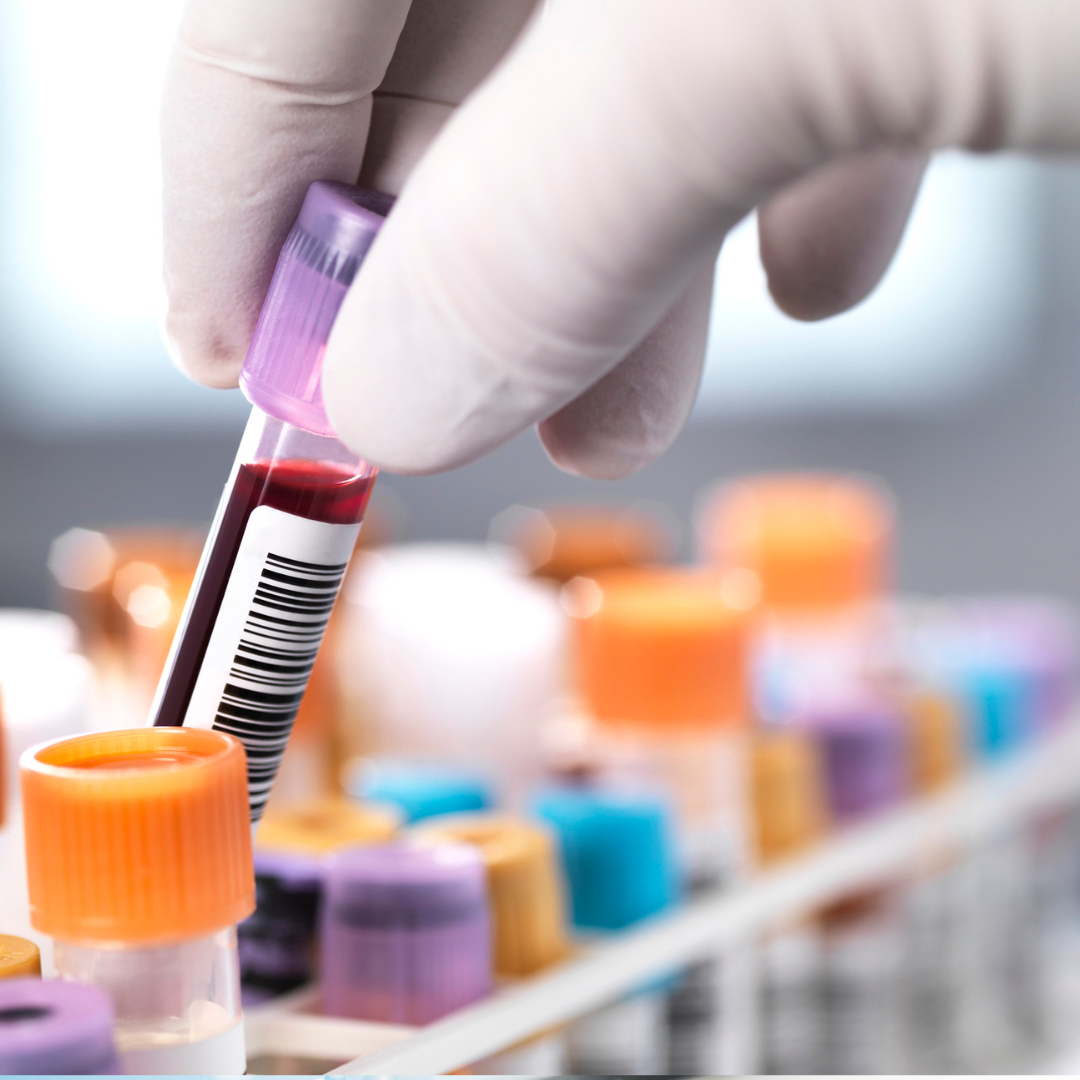A research team from Kumamoto University has discovered that a liver-derived protein, serine protease inhibitor A1 (SerpinA1), plays a pivotal role in reducing obesity and improving glucose metabolism. This groundbreaking study highlights how activating brown adipose tissue (BAT) could lead to innovative therapies for diabetes and other metabolic disorders.
The Role of Brown Fat
Unlike white adipose tissue (WAT), which stores excess energy, BAT burns calories to produce heat. As BAT diminishes with age, the risk of obesity increases. SerpinA1, a hepatokine secreted by the liver, has emerged as a promising agent for reversing this process by promoting the browning of WAT and activating BAT.
A Major Breakthrough
The study, led by Assistant Professor Masaji Sakaguchi, revealed that SerpinA1 enhances the production of uncoupling protein 1 (UCP1), a key protein for heat generation in cells. Transgenic mice engineered to overexpress SerpinA1 showed increased energy expenditure, better glucose tolerance, and resistance to obesity—even on a high-fat diet. In contrast, mice lacking SerpinA1 experienced reduced mitochondrial activity, leading to obesity and insulin resistance.
How SerpinA1 Works
The researchers found that SerpinA1 interacts with the cell surface molecule EphB2 to activate pathways that boost UCP1 expression and mitochondrial function in fat cells. This novel signaling mechanism works independently of the traditional β-adrenergic pathways typically associated with fat metabolism.
Implications for Human Health
The findings suggest that increasing SerpinA1 levels could harness the body’s natural fat-burning processes to combat obesity and type 2 diabetes. “This discovery opens the door to new therapeutic approaches for metabolic diseases,” said Assistant Professor Sakaguchi of Kumamoto University’s Faculty of Life Sciences.
Future Directions
The team is now focused on translating these findings into clinical applications, aiming to develop treatments for metabolic syndrome and related disorders. This discovery has the potential to transform how we address obesity and diabetes, offering new hope for millions of patients worldwide.




